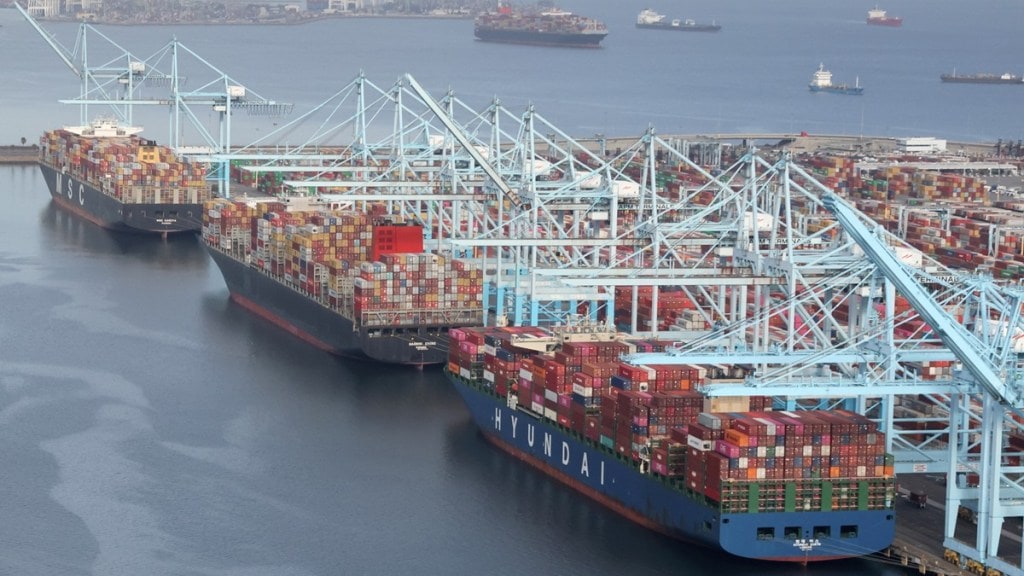– By Prashant Kapoor and Dipayan Ghosh
The 6th budget under FM Nirmala Sitharaman underlined the importance of India Middle East Europe Corridor (IMEC) to revolutionise commerce and strengthen cultural and diplomatic ties between the member states. The proposed IMEC is the buzz all around but before we foray into discussing the significance and importance of the same, it would be worthwhile to understand what the project is all about.
IMEC is a multi-modal economic corridor consisting of roadways, railways, ship-rail transit routes across the Eastern Corridor (connecting India with the Gulf) and Northern Corridor (Gulf to Europe). Further, IMEC also plans to consist of an electricity cable, a hydrogen pipeline and a high-speed data cable, all with a single objective of promoting economic integration between Europe and India. The corridor will link important Indian ports to major ports in the Middle East.
A rail connectivity shall extend from Fujairah port (UAE) to Haifa port (Israel) via: Saudi Arabia (Ghuwaifat and Haradh) and Jordan and finally Haifa port shall be connected to Greece’s Piraeus port – the key objective being transport connectivity leading to flourishing business.
To bring to notice, IMEC project is a part of the Partnership for Global Infrastructure and Investment (PGII). PGII is an initiative to fund infrastructure projects across the developing countries by G7 through public and private investments.
Now, why is this IMEC of such importance to India? While the business world has come around with various reasons for this corridor to be extremely significant, we shall talk about some of the most important reasons for the same.
- Trade opportunity enhancement: IMEC shall reduce transit times significantly with many European countries in comparison to existing routes besides reducing cost of transit and, thereby, provide an opportunity to enhance trade connectivity with the European regions.
- Overall Industrial Growth: As connectivity improves along with reduction in transit costs, the movement of goods shall become easier for companies due to the efficient transport network resulting in enhanced industrial growth to regions connected to IMEC.
- Employment generation: The enhanced connectivity leading to increase in economic activities shall create need for skilled and unskilled manpower across key industries and their allied industries resulting in job creation across multiple sectors.
- Counter to BRI: IMEC shall provide an alternative to the debt trap of BRI as loans shall be available at standard international rates unlike the high rates as provided by the Chinese Government. This will come as a relief to unsustainable debt to countries and an eventual debt trap.
- Social benefits including reduced green-house gas emissions: IMEC may be used to achieve sustainability goals by regions as enhanced infrastructure may lead to reduction in greenhouse gas emissions to some extent.
Finally, we foresee that the IMEC, with its innovative multi modal network, would expand the addressable market for Indian manufacturers and technology start-ups while strategically lessening its dependency on traditional trade partners. With a fair procurement process and a strategic execution plan for market engagement, this would directly impact India’s aspirations to achieve “Viksit” status by 2047.
(Prashant Kapoor is the Leader, India-Europe corridor, KPMG in India and Dipayan Ghosh, Partner, India-Europe Corridor, KPMG in India.)
(Disclaimer: Views expressed are personal and do not reflect the official position or policy of Financial Express Online. Reproducing this content without permission is prohibited.)
